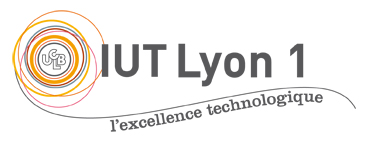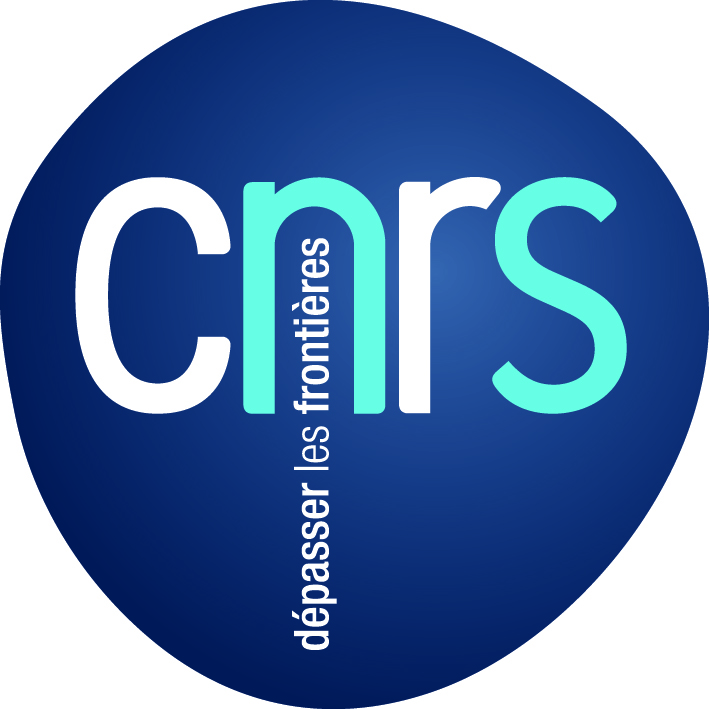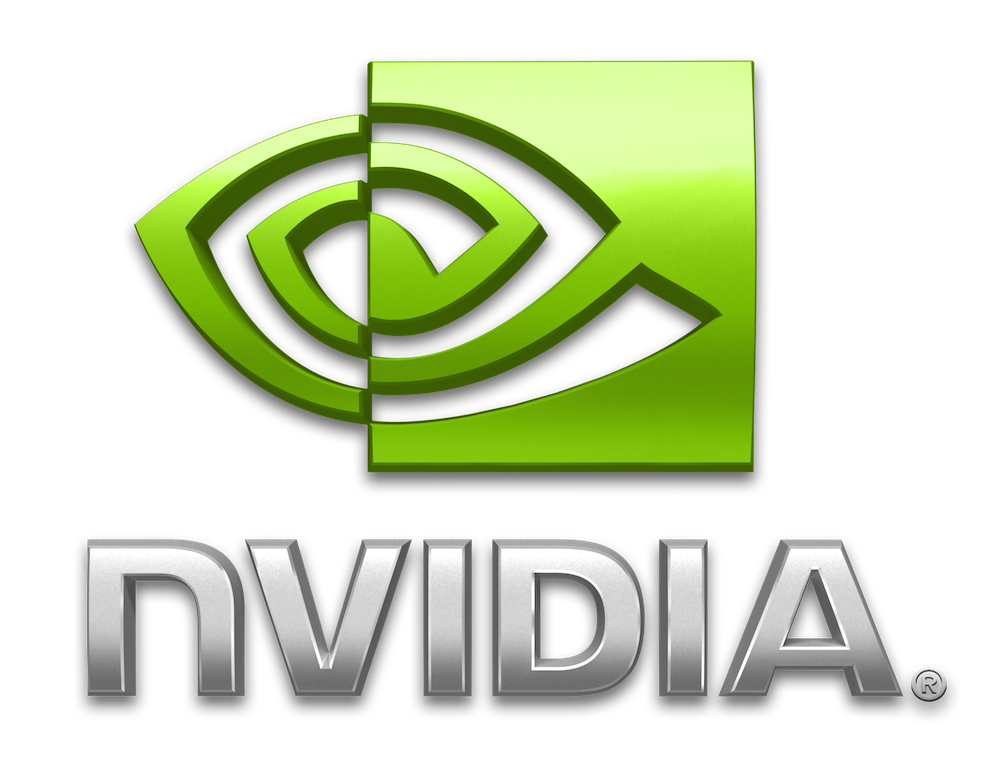|
|
|
Program > Invited speakers
Arjan EGGESArjan EGGES is an Associate Professor at the Virtual Human Technology Lab in the Department of Information and Computing Sciences, Utrecht University in the Netherlands. He obtained his PhD at MIRALab - University of Geneva, Switzerland on the topic of emotion and personality models, in combination with automatically generated face and body motions using motion capture data. His current research focuses on crowd animation and motion perception as a part of the COMMANDS, COMMIT and TARDIS projects. He is also a member of the Games and Learning Alliance (GaLA). He teaches several courses related to games and computer animation. Arjan is also an associate editor of the Computer Animation and Virtual Worlds journal published by Wiley and he is one of the founders of the annual Motion in Games conference. Virtual Character Animation for Games: In this talk, I will give an overview of our past and ongoing work on animating virtual characters for games. The first part of the talk will be about parameterisation schemes for controlling virtual characters that allow one to control what characters are doing on a high level. Examples of such schemes are characters walking along a path, or characters following a predefined set of footsteps. Then, I will discuss (simplified) representations of characters used in many animation systems to check for collisions, or to plan navigation, and the implications of such simplifications. I will conclude the talk with some of our ongoing work on animating navigating characters in a crowd and how characters are represented in such systems. |
|
 |
Jean-Rémy CHARDONNETMulti-sensory simulation in immersive virtual reality. The rapid development of immersive virtual reality systems over the past years and its deployment especially in industry raised great scientific issues related to data visualization, simulation. Especially, the human-centered aspects of virtual reality (immersion, presence, …) in virtual environments imposes interacting efficiently with virtual data, and thus constraints such as real time simulations and multi-sensory feedbacks, like tactile/haptic feedbacks, for enhanced immersive simulation. In this presentation, we will show how simulation can be enhanced in immersive virtual reality by integrating tactile/haptic feedback, through some examples of work conducted at Institut Image/ENSAM. Jean-Rémy CHARDONNET is an associate professor at Arts et Métiers ParisTech and member of the Institut Image, Chalon-sur-Saône. He received his PhD in humanoid robotics from Montpellier II university, on the topics of interactive physical simulation of humanoid robots, considering friction and deformation. He also worked at INRIA Grenoble in the Evasion team (currently Imagine) on the development of a hands-on haptic peripheral device for virtual object manipulation that was patented. His current research topics include natural and intuitive interaction (navigation, manipulation) in virtual environments. He is an IEEE and AFRV member. He is the coordinator of the MSc program “Digital mock-up and 3D visualization” of Arts et Métiers ParisTech. |






